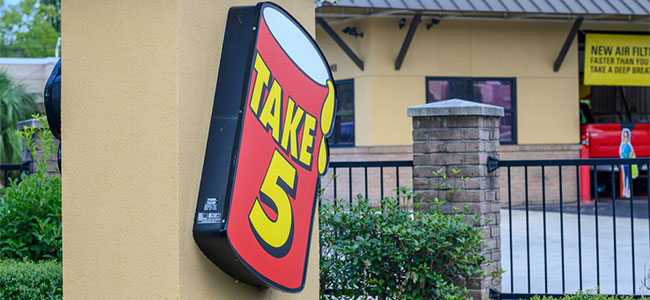
Take 5 Car Wash Faces $256,707 in Penalties for Electrical, Other Hazards
Reports of electrical shocks spanned more than a year.
- By Robert Yaniz Jr.
- Sep 08, 2023
A Take 5 Car Wash located in Beachwood, Ohio, is facing $256,707 in penalties following an OSHA investigation.
In a release dated September 7, the U.S. Department of Labor (DOL) announced that OSHA determined that the company overlooked employee reports of electrical shocks for 14 months. Following a complaint in March 2023, OSHA launched its investigation, which revealed employees had been cleaning near electrical equipment with high-pressure water. Notably, this activity took place near a deteriorating 480-volt electrical panel.
“Our investigation found that Take 5 Car Wash’s management knew that live electrical hazards existed throughout the facility, and that employees suffered electrical shocks repeatedly, yet allowed them to continue working in these conditions and took several weeks to make repairs after a worker suffered electrical shock,” OSHA Area Director Howard Eberts in Cleveland said in a statement. “It is unsettling that a company with such vast resources would expose employees to the potentially deadly risks of electrical shock.”
OSHA inspectors also uncovered several other violations, including failure to enforce lockout procedures for potential hazards, use lockout/tagout kits, educate workers on energy control, ensure regular machine safety checks, maintain adequate workspace around electrical equipment and train staff on electrical safety and provide essential protective gear.
In the end, OSHA cited Take 5 Car Wash’s parent company, Driven Brands, with one willful and 12 serious safety violations. The company now has 15 business days to comply, request an informal OSHA discussion, or challenge the findings.
About the Author
Robert Yaniz Jr. is the former Content Editor of Occupational Health & Safety.